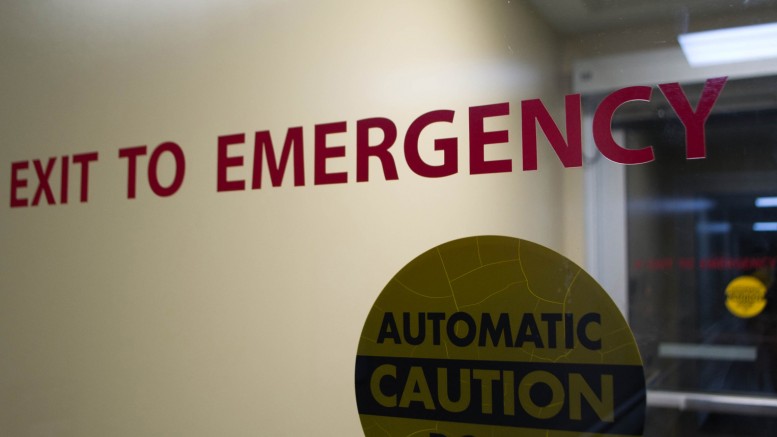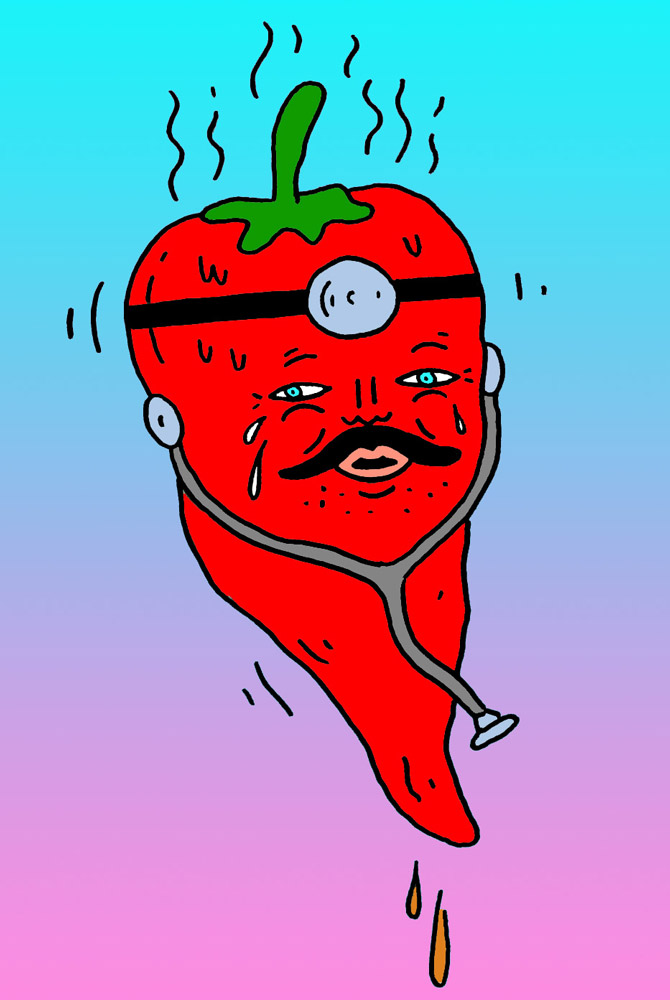Most students at the University of Manitoba wouldn’t consider death to be part of their curriculum. But for medical students, death is just that.
In the preclinical years of medical school, death is formally denoted on the schedule by the location of a session being held in the Gross Lab. Gross Lab is short for Gross Anatomy laboratory. “Gross” is used in its traditional sense of “large,” rather than the modern meaning of “disgusting,” although many have made that joke.
Students work in groups to dissect their cadaver. Cadavers are dead bodies that have been bequeathed to the university. One student reads from the anatomy atlas while the others move through layers of fat and other tissues to find the organ in question. If an organ is difficult to dissect, students examine prosected specimens instead. Prosected specimens are cadavers, or parts of cadavers, that have been previously dissected.
The Gross Lab sessions differ by organ system. When learning the anatomy of the nervous system, students are presented with an unassuming white bucket. In that bucket, submerged in a pool of liquid preservative, is a whole brain, a half brain, and a spinal cord. Students reach in, grab the specimen they need, and start learning.
All dissections are done with the utmost respect for those who gave their bodies.
A quote on the Gross Lab wall reads “mortui vivos docent.” It means the dead teach the living.
In the clinical years, death is no longer a series of scheduled sessions. Instead, it’s an unplanned, but not unexpected, part of hospital life.
In the emergency room, death is announced overhead by “Red Romeo 3.” This is paramedic code for an unstable patient under resuscitation after a traumatic injury. Within minutes of the announcement, the team is working on a man who was attacked with a weapon. They take over CPR from the paramedics and give the patient litres upon litres of blood. Although he has no heartbeat, the patient isn’t technically dead until half an hour later, when the team leader calls it and announces the time of death.
Much like in the Gross Lab, mortui vivos docent holds true in the hospital. A young man is dead on arrival in the emergency room after a motor vehicle accident. His pelvis is very unstable from the force of the collision. If he were alive, his pelvis would need to be secured right away, or he could die from internal bleeding. But since he’s already dead, there’s no such urgency. Instead, it’s a chance for medical students to feel an unstable pelvis so that they can recognize it on a living patient.
Death isn’t always an unplanned experience in the clinical years. Students on their obstetrics and gynecology rotation participate in an abortion clinic. Students sit in the procedure room while women undergo dilation and curettage.
Dilation and curettage is a procedure in which the cervix is opened and the contents of the uterus are removed. The physician examines the tissue to make sure the entire fetus is removed. Depending how far along the pregnancy is, that could mean looking for a head, torso, and four limbs. Failure to remove all the fetal tissue could result in an infection for the woman.
Whether in the Gross Lab or the hospital, experiences with death in medical school are inevitable. The important thing for students is to learn from each death they encounter, so that they can better prevent the next.




